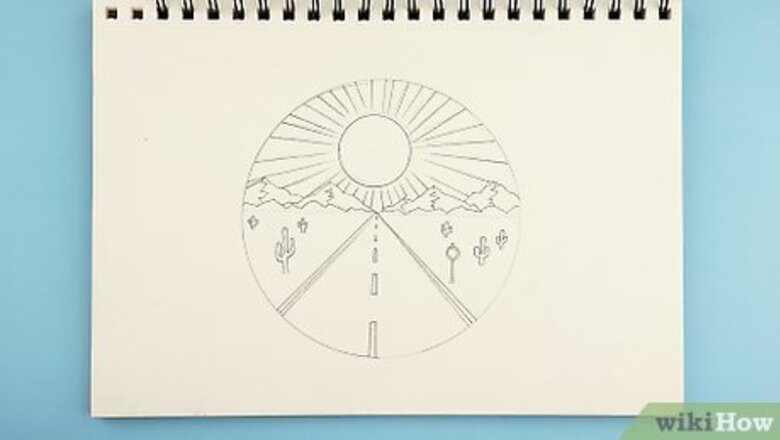
views
Inking a Completed Sketch
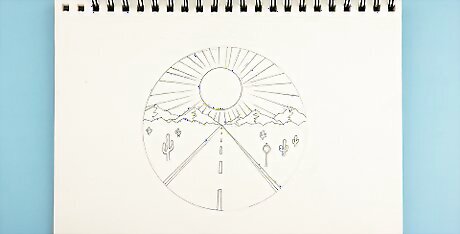
Sketch an image. Sketch a picture that you want to finish by inking. While you’re first learning how to ink, it will be better to start with simpler drawings with clean pencil line work and fewer details. Cartoon characters, minimalistic images and simple shapes will work best, since they’ll allow you to focus on clean inking without worrying about the lines running together. Your sketch doesn’t have to be perfect. Just try to get the major lines, focus and proportions right. A lot will change by the time you begin inking.
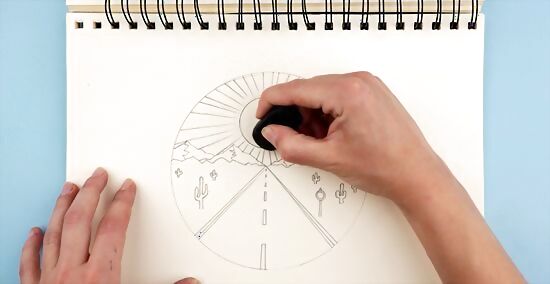
Clean up your pencil lines. Once your drawing has been sketched out, look for places where you can make corrections or erasures to get the pencil lines as smooth as possible. This will make inking over them easier and result in a neater, more distinct final drawing. Don’t worry about incorporating too much detail during the sketching phase. You’ll be better served if you wait until after you’ve inked the major lines to start adding extra touches. The pencil lines of your sketch should be precise and clearly defined. Try not to let them run together too much, as this can make inking tricky. Erase pencil mistakes completely so they don’t become a distraction.
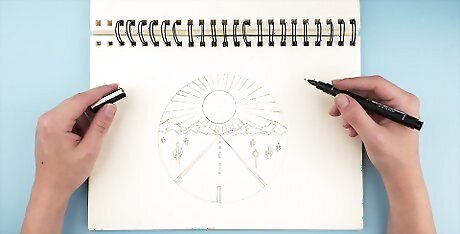
Get in position to start inking. Inking requires a lot of patience, so you want to make sure you're focused and using the right technique. Sit up straight and position yourself squarely over the paper. If the drawing you're inking is resting on a drafting table or another flat surface, try looking down over the paper so that you have an unobstructed frontal perspective. It's okay if you prefer to work at an angle as long as you can clearly see each detail and move your drawing hand freely. The more upright you sit, the better. Otherwise, your back may start hurting during lengthy inking sessions. Your work area should be well lit to promote visibility.
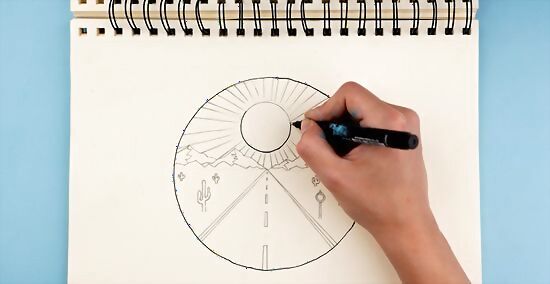
Ink with smooth, easy motions of the hand. Grasp the pen firmly in your dominant hand near the tip. Keep the tip of the pen at an angle to the paper, not straight up and down. Hold your hand steady and let your arm guide you over the lines, rather than trying to use the movement of your wrist alone. Relax your drawing hand and arm; too much tension can leave your finished drawing looking rigid and lifeless. Gripping the pen near the tip, close to the paper itself, will keep it more stable than holding it higher up near the middle. You'll make fewer mistakes, and what small mistakes you do make will be less pronounced. Maintaining a sharp angle between the pen and paper helps pull ink out of the pen more efficiently, resulting in smooth, fluid line work.
Start on one side and work away from your body. Go over the lines of your sketch, beginning with one side of the drawing and radiating outward from there. Most artists achieve the best results by inking in the direction of their dominant hand (if you're right-handed, starting on the left side of the page and inking to the right, and the opposite for left-handed artists). This will prevent you from running the edge of your hand over fresh lines. After you’ve inked the major lines, move outward and fill in smaller details and those in the background. This will ensure that the most important elements in the drawing are properly emphasized. Don’t just trace over the lines you’ve already drawn—imagine that you’re drawing them a second time, this time with the boldness of ink. When you come to a section of the drawing that's difficult to ink, turn the paper and continue in the same orientation, rather than contorting your hand or trying to ink in an uncomfortable direction. Keep the final image in mind when inking your drawing. If you’re just following the same lines you sketched, the objects will look forced and crude.
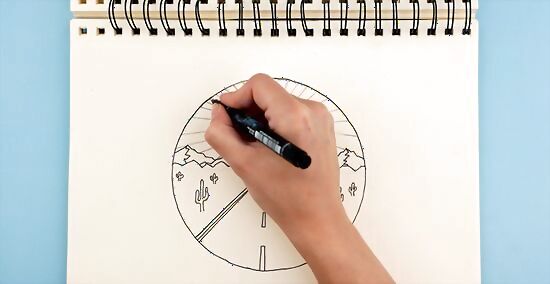
Adjust your ink line work. With your first pass at inking complete, look for places where you line work can be touched up. Go over key lines a second and even third time to thicken and smooth them out. Try adding realistic perspective by leaving the lines thin where they face an imagined light source, and thickening them where they’re further away. Tweak your inked lines until you’re satisfied with how they look. Use a thin nib (the interchangeable tip of a dip pen) and light ink for the initial outline and thicken lines later as you go. Give the ink a few minutes to dry before you start adding detail or going over lines a second time.
Developing Style and Technique
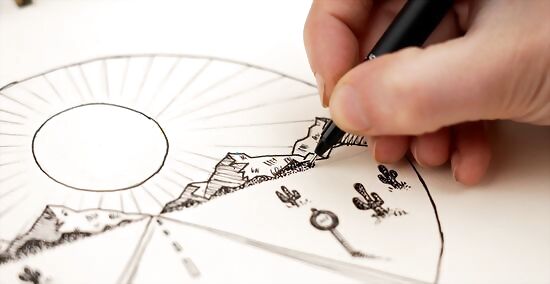
Add texture. Finish your drawing by inking small details and embellishments that give scope to its forms and lend an element of realism. Techniques like hatching (drawing a series of thin parallel lines close together), crosshatching (hatching in a grid-like pattern) and stippling (making closely-grouped small dots) can help bring your drawing to life by making it more engaging to the eye. These skills are a unique way of representing depth and texture in two dimensional art. Hatching, crosshatching and stippling are useful when you want to create the effect of texture without having to use an excessive amount of ink coloring in empty space. Don’t go too crazy adding textural elements. If overdone, it can end up looking chaotic.
Make use of tone, contrast and shadow. Fill in around the edges of objects to provide contrast. Using various layers, thicknesses and shades of ink in different parts of the drawing will allow you to play with the way light is depicted. Ink is advantageous because it can be used to easily manipulate light and shadow, which will help round out the dimensions of the drawing. As a rule, the parts of an object that are furthest from a light source need to be shaded more to deepen shadows, whereas leaving an area unshaded will suggest brightness. The more realistic the drawing, the greater amount of shading and toning it will require.
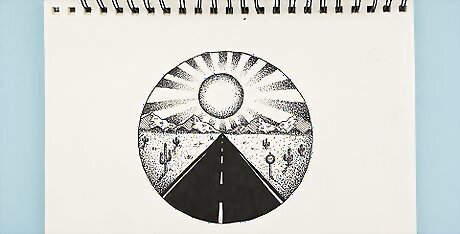
Ink with the completed drawing in mind. Not every drawing will be inked the same way. Before jumping right into the inking process, think about which tools you’ll need to properly highlight the contours of the rough drawing you’ve done. You can also start thinking about how you might enhance the drawing with detailing techniques. Cartoons tend to look better with thick, bold outer lines, while the line work of realistic drawings varies and is often dictated by lighting and perspective. A drawing that you plan on coloring will not need too much interior detail, as it will get in the way.

Develop your own style. Figure out which techniques you like most, and which feel best, for your particular art style. Decide whether you prefer to grip the pen tightly or take a loose, free approach; learn how much pressure to put on the paper to make your lines look the way you want them to. Just as everyone draws a little differently, no two people will ink in exactly the same way, either. Your inking methods should closely match and complement your freehand drawing style. Because of the way you naturally make strokes, your drawing and inking techniques should be very similar.
Choosing the Right Tools

Use a pen or brush for different purposes. Select an inking tool that will let you trace, fill, shade and employ other techniques as you please. Most artists prefer pens for conventional line work, as it goes on bold and straight. An inking brush might also be used, especially for filling large areas and when you want to taper the width of a line mid-stroke. You should pick the pen or brush that will let you achieve the effect you’re trying to create. Test out different pen nibs so that you’ll have a several available to you when you need them. The nib is the interchangeable tip of the pen that comes into contact with the paper and deploys ink. Pens can work as all-purpose inking tools, but a brush can save you time when it comes to shading tasks.
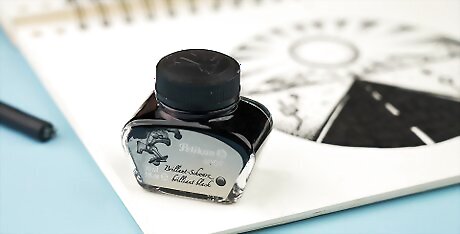
Find a suitable ink. It’s usually best to experiment with several kinds of ink to find one that you can work well with. If you’re using a traditional fountain pen for inking, you’ll be able to dip it in an ink of your choice. Inks come in different shades and thickness, and some are better suited for certain drawing tasks than others. For some projects, you might even use more than one type of ink on the same drawing. India ink is a reliable standard choice for artists, as it is dark, waterproof and permanent. If you’re using prepackaged or commercial grade pens that contain their own ink, switch them out when you need to change how thick or dark your lines are.
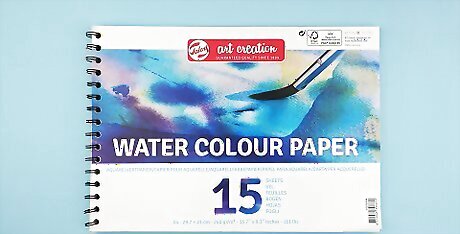
Choose a paper that will hold up to inking. Before you start inking, examine and feel the paper you’re using. Is it thick or thin? Smooth or rough? Ink will settle into different papers in a unique way. Get in the habit of thinking about paper and ink together. Make sure you’re not using a rough, soft paper with a thin ink, for example, or the ink may bleed. Browse your local arts supply store for high-quality papers that are designed specifically for inking. You should also be sure to draw on a flat, solid surface and work at an angle that’s most comfortable for you
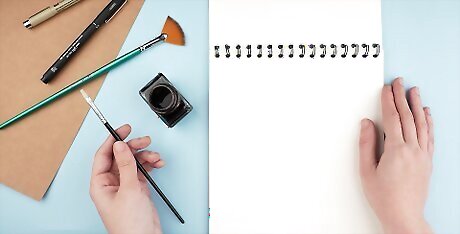
Mix and match your materials. Don’t forget that you have the option of playing around with all sorts of pens, brushes, papers, and ink. Some artists prefer a simpler process, and may only ever use one type of each of these materials, but the combinations are nearly endless. The tools and mediums to you decide on will have an effect on the way your finished drawing turns out. Put together an artist’s toolkit so that you’ll have a greater number of implements at your disposal. Part of becoming a better artist is discovering what works best for your individual style.

















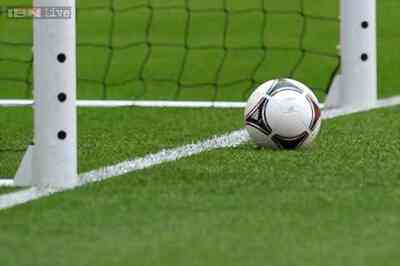
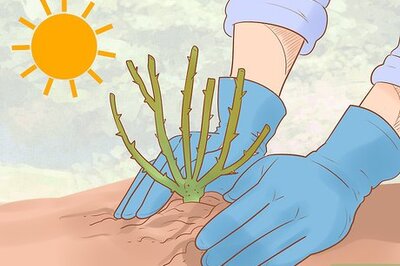

Comments
0 comment